Table of content
Dumplings, a beloved culinary delight enjoyed across continents, bridge cultures and cuisines with their versatile flavors and textures. From the delicate folds of Chinese jiaozi to the hearty Polish pierogi, and the savory Italian tortellini, dumplings have earned their place as a comfort food staple. Yet, for many home cooks, achieving the ideal balance between a tender, cooked filling and a perfectly elastic wrapper hinges on one critical question: How long should dumplings be boiled?
This article delves into the science, techniques, and nuances of boiling dumplings to perfection. Whether you’re a novice cook or a seasoned chef, understanding the intricacies of boiling time, water temperature, and dumpling composition will empower you to create restaurant-quality dumplings in your own kitchen.
The Basics of Boiling Dumplings
Boiling is a straightforward cooking method, but its simplicity belies the precision required to master it. The goal is to cook the dumpling filling thoroughly while ensuring the wrapper remains intact and not overly soft or gummy. Overcooking can lead to mushy wrappers and dry, overdone fillings, while undercooking risks raw, unappetizing centers.
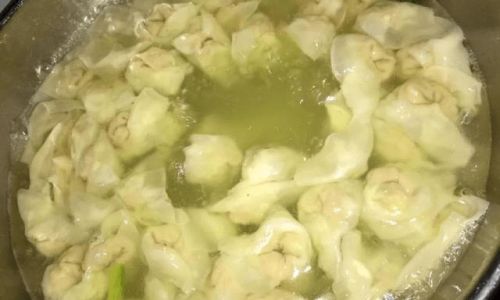
The optimal boiling time varies based on several factors:
- Dumpling Type: Fresh vs. frozen, size, and wrapper thickness.
- Filling Composition: Meat, vegetables, or a blend.
- Altitude: Water boils at lower temperatures at high elevations, affecting cooking times.
- Stovetop Heat: Maintaining a consistent, gentle simmer versus a rolling boil.
Boiling Time for Fresh Dumplings
Fresh dumplings, made with uncooked fillings and soft wrappers, require careful timing.
-
Small to Medium Dumplings (e.g., Chinese jiaozi, potstickers):
Boil for 6–8 minutes in vigorously boiling water. Stir gently to prevent sticking. -
Larger Dumplings (e.g., Polish pierogi, Ukrainian varenyky):
Boil for 8–10 minutes. These thicker wrappers and heartier fillings need extra time to cook through. -
Delicate Wrappers (e.g., Japanese gyoza):
Reduce boiling time to 5–7 minutes to avoid tearing.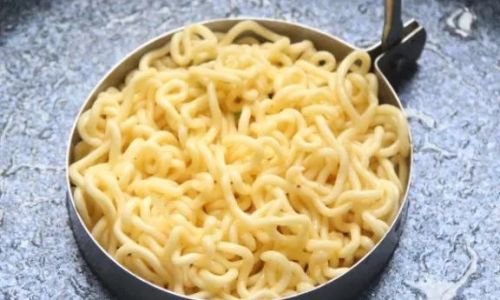
Pro Tip: Add a pinch of salt to the water to raise its boiling point slightly, ensuring even cooking.
Boiling Time for Frozen Dumplings
Frozen dumplings are a convenience food favorite, but their icy exterior demands adjustments to boiling time.
-
Standard Frozen Dumplings:
Boil for 8–10 minutes directly from frozen. Avoid thawing, as this can cause the wrappers to become soggy. -
Extra-Large Frozen Dumplings:
Extend boiling time to 12–15 minutes. Test one dumpling by slicing it open to ensure the filling is cooked.
Key Insight: Frozen dumplings often float when cooked, but this is not a foolproof indicator. Always verify by cutting one open.
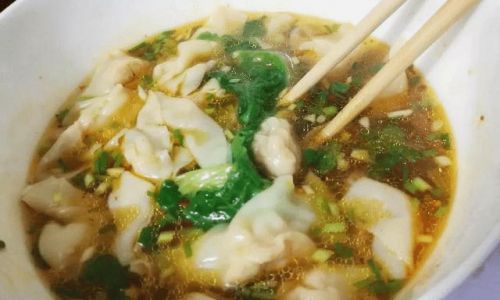
Factors Influencing Boiling Time
Filling Composition
- Meat-Based Fillings: Require longer boiling to ensure the protein cooks through (e.g., pork, beef).
- Vegetable-Based Fillings: Cook faster but may release moisture, softening the wrapper.
- Seafood Fillings: Delicate and quick-cooking; reduce boiling time to 4–6 minutes.
Wrapper Thickness
- Thin wrappers (e.g., wonton skins) cook in 3–5 minutes.
- Thick wrappers (e.g., homemade pasta dough) need 10–12 minutes.
Altitude Adjustments
At high elevations (above 3,000 feet), water boils at ~200°F (93°C) instead of 212°F (100°C). Compensate by:
- Adding 1–2 minutes to boiling time.
- Using a lid to retain heat.
Stovetop Heat Control
- Rolling Boil: Aggressive bubbles can break delicate dumplings. Reduce to a gentle simmer after adding dumplings.
- Crowded Pot: Overfilling the pot lowers water temperature. Cook in batches if needed.
Signs of Perfectly Boiled Dumplings
-
Visual Cues:
- Wrappers turn translucent but not shrunken.
- Filling juices may bubble slightly through the wrapper (a sign of doneness).
-
Texture Test:
- Press a dumpling lightly; it should bounce back slightly.
- Overcooked dumplings feel mushy; undercooked ones feel firm.
-
The Float Test:
While not 100% reliable, most dumplings float when cooked. However, trust the timer first—floating can occur before the filling is fully cooked.
Common Mistakes and How to Avoid Them
Sticking to the Pot
- Solution: Use a large pot with plenty of water (at least 4 quarts for 20 dumplings). Stir gently with a slotted spoon during the first 2 minutes of boiling.
Torn Wrappers
- Solution: Avoid overcrowding the pot. Add 1–2 tablespoons of oil to the water to reduce sticking.
Gummy Textures
- Solution: Do not reuse boiling water. Fresh water ensures consistent heat.
Uneven Cooking
- Solution: For frozen dumplings, boil them separately from fresh ones. Thicker fillings may require parboiling before wrapping.
Advanced Techniques for Dumpling Perfection
The “Cold Water” Method
For extra-large dumplings (e.g., Chinese tangbao), use this technique:
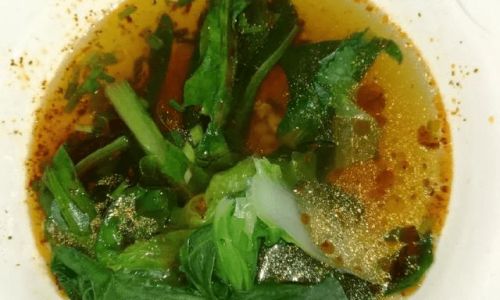
- Boil dumplings for 3 minutes.
- Add 1/2 cup cold water and return to a boil.
- Repeat 2–3 times until cooked.
This method ensures even cooking without overcooking the wrapper.
Steaming After Boiling
For a hybrid texture (soft wrapper with a slight chew):
- Boil dumplings for 70% of the recommended time.
- Transfer to a steamer basket and steam for the remaining 30%.
Ice Bath Shock
For dumplings meant to be pan-fried later (e.g., potstickers):
- Boil until almost cooked.
- Plunge into an ice bath to halt cooking.
- Pat dry and pan-fry for a crispy finish.
Regional Variations in Boiling Times
Dumpling traditions vary worldwide, and so do boiling techniques:
- Chinese Jiaozi: Boil for 6–8 minutes, then serve with dipping sauce.
- Italian Tortellini: Boil for 4–5 minutes in salted water.
- Russian Pelmeni: Boil for 7–9 minutes, often served in broth.
- Nepalese Momo: Steam-boil for 10–12 minutes for a hybrid texture.
The Role of Ingredients in Boiling Time
Starch in Wrappers
- Wrappers made with wheat flour (e.g., dumplings) cook faster than those with rice flour (e.g., glutinous rice dumplings).
- Rice flour wrappers may require 12–15 minutes.
Filling Moisture Content
- Wet fillings (e.g., cabbage-heavy mixes) release steam, speeding up cooking.
- Dry fillings (e.g., meat-only) need longer boiling.
Fat Content
- Fatty fillings (e.g., pork belly) insulate the meat, requiring longer cooking.
- Lean fillings (e.g., chicken) cook faster.
Troubleshooting Guide
| Issue | Solution |
|---|---|
| Dumplings bursting | Reduce boiling intensity; seal edges tightly. |
| Soggy wrappers | Use less water; avoid overcrowding the pot. |
| Dry fillings | Add moisture (e.g., broth, soy sauce) to filling. |
| Uneven cooking | Rotate dumplings halfway through boiling. |
The Final Verdict: Timing Is Everything
Boiling dumplings is an art that balances patience and precision. While general guidelines provide a starting point, adapting to your ingredients, equipment, and preferences is key. Experiment with small batches, take notes, and soon you’ll intuitively know when your dumplings are ready.
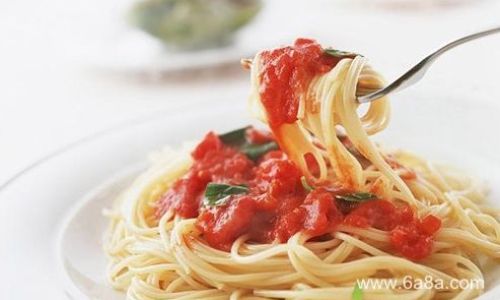
Remember: A perfectly boiled dumpling is a harmony of textures—a tender wrapper giving way to a flavorful, cooked filling. With practice, you’ll master this culinary skill and impress diners with dumplings that are as delightful to eat as they are to behold.
Final Tip: Pair your dumplings with complementary sauces—soy-vinegar dip for Asian-style dumplings, sour cream for Eastern European varieties, or tomato sauce for Italian-inspired creations. Bon appétit!
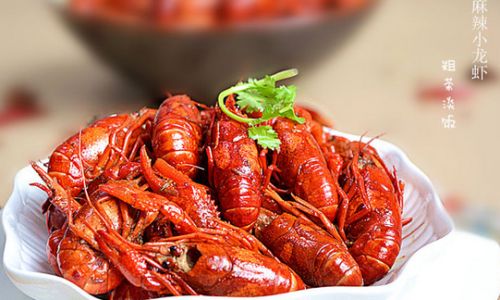

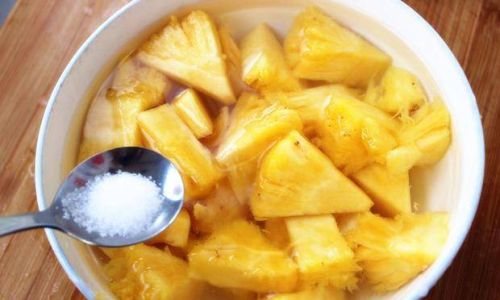
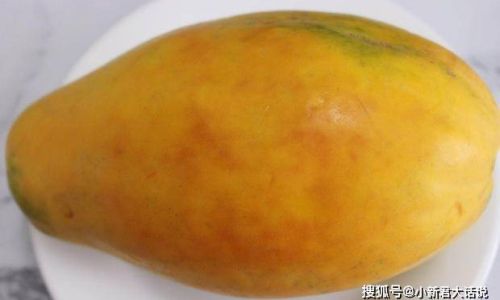
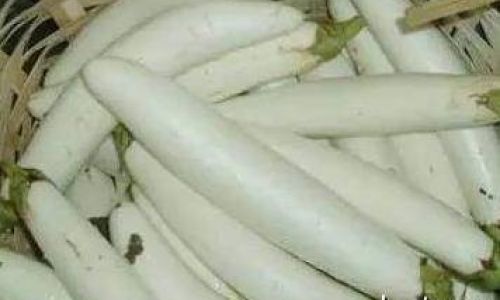
0 comments